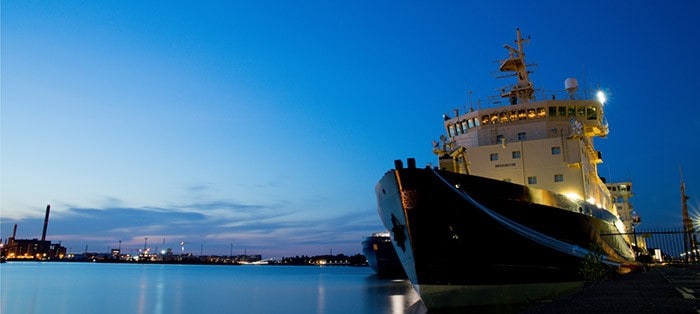 International investors are turning their attention to South Korean logistics as the country’s significant e-commerce market ushers in a new generation of real estate.
International investors are turning their attention to South Korean logistics as the country’s significant e-commerce market ushers in a new generation of real estate.
At 18 percent, South Korea’s ecommerce penetration rate – the percentage of sales made online compared to all retail sales – is the highest in the world, and is forecast to rise to above 30 percent by 2021. The South Korean e-commerce market stands at over KRW 60 trillion (US$55.7 billion) per annum, and the country is a world leader in broadband infrastructure and connectivity.
Despite South Korea having reached one of the world’s highest rates of online shopping, however, many of the country’s warehouses and distribution centres have failed to keep pace with consumer or investor demand.
South Korea Shows Shortage of Investment Grade Distribution Centres

Pelham Higgins of JLL
According to official data, the total stock of South Korean logistics assets over 3,000 square meters in Gross Floor Area (GFA) is around 25 million square meters. Reflecting the lack of investment grade facilities, however, is the fact that only 5 percent of current stock in the key Gyeonggi Province includes buildings over 30,000 square meters in GFA, the typical size for investment grade logistics assets in South Korea.
However, a wave of building and investment has been drawing significant interest and capital from international investors, including GIC, APG, Angelo Gordon, Warburg Pincus and Blackstone.
This weight of foreign capital has been the impetus behind a series of new generation developments and high-specification logistics projects that aim to take advantage of the country’s rapid economic growth and expanding consumer demand.
These trends have helped South Korea become the fourth largest third-party logistics (3PL) market in Asia Pacific and with growth at an annual rate of 7.8 percent – faster than Japan, Australia and Singapore.
According to Pelham Higgins from JLL’s Industrial Capital Markets team, the South Korean logistics market will continue to create opportunities for international investors.
“The amount of institutional capital now looking to South Korea’s logistics real estate sector resembles the situation some 15 years ago when foreign investors were looking for partners to develop and manage logistics real estate in Japan,” says Higgins, adding that the quality of new logistics facilities in South Korea is also beginning to resemble what top tier developers are launching in Japan.
Prime Assets Now Yielding Six Percent
South Korean logistics yields have compressed since the financial crisis, and today prime logistics yield are around 6.0 percent, in a reflection of growing institutional investor interest, as well as the real estate needs of the ecommerce market. Higgins says development yields are around 8.0 percent NOI for speculative multi-tenant logistics facilities.
With online retail sales predicted to almost double in the next four years, new logistics infrastructure in South Korea is also needed to help fuel the country’s retail markets.
Underscoring the country’s longer-term growth prospects for e-commerce is the fact that per capita e-commerce consumption in South Korea currently stands at around US$600 per year, only half the levels seen in Japan. This leaves huge room for expansion and growing opportunities for international investors.
In addition, the prospect of peace on the Korean Peninsula could, in time, create potential for the country to become a direct land-based logistics corridor into China and even an extension of the One Belt One Road initiative.
If recent moves toward re-unification and trade continue to gather momentum, Higgins predicts the Korean Peninsula could ultimately become “one of the most important logistics corridors in the world.”
Click to read about how peace in Korea could open up a logistics corridor.
This sponsored feature is contributed by JLL. Click here to read this story on TheInvestor.JLL.
Leave a Reply